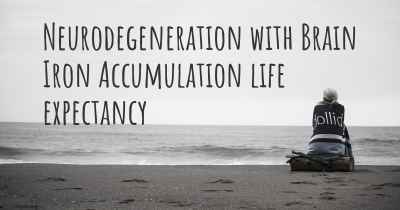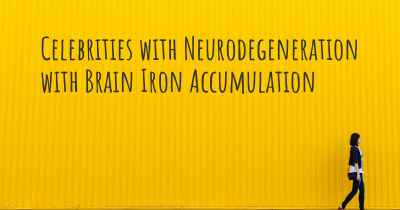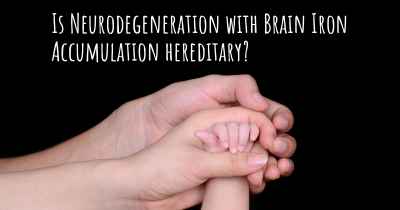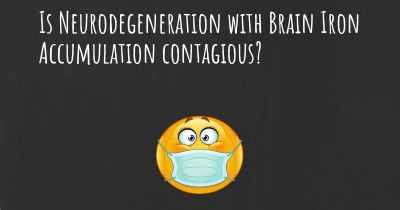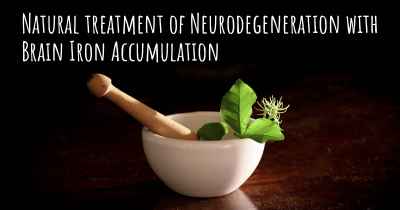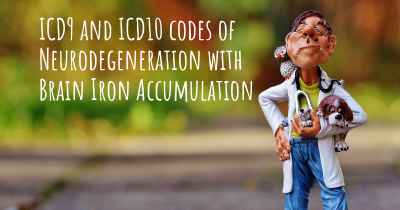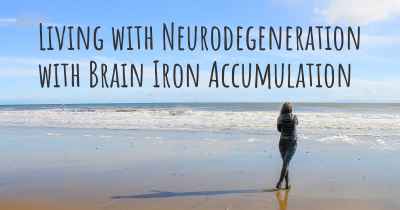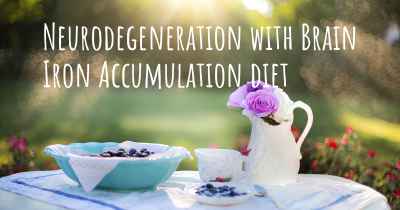What is the history of Neurodegeneration with Brain Iron Accumulation?
When was Neurodegeneration with Brain Iron Accumulation discovered? What is the story of this discovery? Was it coincidence or not?
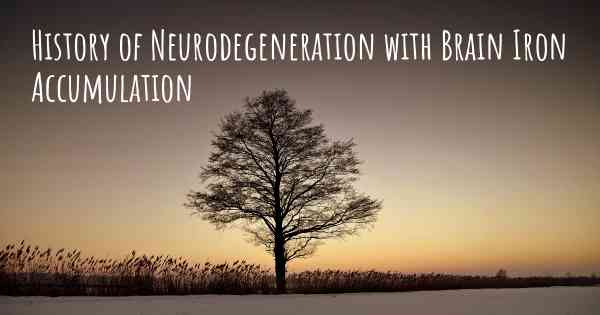
Neurodegeneration with Brain Iron Accumulation (NBIA) is a group of rare genetic disorders characterized by abnormal iron accumulation in the brain, leading to progressive degeneration of the nervous system. The history of NBIA dates back to the early 20th century when the first cases were reported, although the understanding of the condition has significantly evolved over time.
The first documented cases of NBIA were described in the medical literature in the 1920s. These cases presented with a combination of movement abnormalities, such as dystonia and spasticity, along with iron deposits in specific regions of the brain. However, it wasn't until the 1990s that the term "Neurodegeneration with Brain Iron Accumulation" was coined to encompass this group of disorders.
Since then, extensive research has been conducted to identify the underlying genetic causes of NBIA. Several genes have been identified to play a role in the development of NBIA, including PANK2, PLA2G6, and FA2H, among others. These genes are involved in various cellular processes, such as iron metabolism and lipid homeostasis, which are crucial for normal brain function.
One of the most well-known forms of NBIA is called pantothenate kinase-associated neurodegeneration (PKAN), which is caused by mutations in the PANK2 gene. Pantothenate kinase is an enzyme involved in the production of coenzyme A, which is essential for energy metabolism in cells. Mutations in the PANK2 gene lead to impaired coenzyme A production, resulting in abnormal iron accumulation and subsequent neurodegeneration.
Another form of NBIA, known as phospholipase A2-associated neurodegeneration (PLAN), is caused by mutations in the PLA2G6 gene. Phospholipase A2 is an enzyme that plays a role in membrane lipid metabolism. Mutations in the PLA2G6 gene disrupt the normal function of this enzyme, leading to iron accumulation and neurodegeneration.
Over the years, advancements in genetic testing techniques have facilitated the diagnosis of NBIA. Genetic testing can now identify specific mutations in the genes associated with NBIA, allowing for more accurate and early diagnosis. This has been crucial in improving patient care and providing appropriate genetic counseling.
Treatment options for NBIA are currently limited, and management mainly focuses on symptom relief and supportive care. Medications such as iron chelators may be used to reduce iron levels in the body, although their effectiveness in treating NBIA remains uncertain. Physical and occupational therapy can help manage movement abnormalities and improve quality of life for individuals with NBIA.
Research into potential therapies for NBIA is ongoing, with a focus on understanding the underlying mechanisms of iron accumulation and neurodegeneration. Experimental treatments, such as gene therapy and targeted drug interventions, are being explored in preclinical and clinical studies.
In conclusion, Neurodegeneration with Brain Iron Accumulation is a group of rare genetic disorders characterized by abnormal iron accumulation in the brain, leading to progressive neurodegeneration. The understanding of NBIA has significantly evolved since its initial description in the 1920s, with the identification of specific genes and advancements in genetic testing techniques. Although treatment options are currently limited, ongoing research offers hope for future therapeutic interventions.
